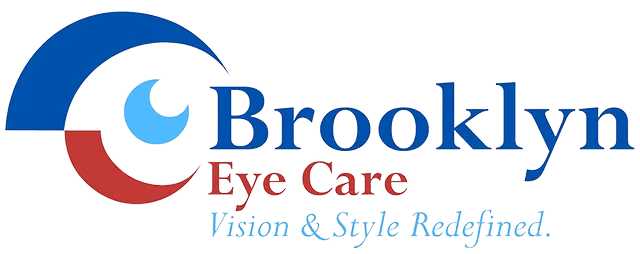Glasses, as we know them today, have origins back hundreds of years to ancient civilizations in which jewelers would use monocle lenses as a decorative adornment. Since then, there have been countless changes in the way glasses are used, prescribed, and manufactured.
From the initial use of glasses to correct blurred vision to introducing a bifocal lens to help with presbyopia, glasses have been altered and adapted to new challenges and demands. As the role of glasses changed, so did the profession of optometry and opticianry. What was once a trial-and-error sales trade, is now an advanced doctoral degree with a high level of training and specialization.
Perhaps more dramatic even is the amount of change that the manufacturing of glasses and lenses has undergone. Today glasses are manufactured in high-tech labs that are able to produce accurate, precise spectacles in a fraction of the time that it once took a tradesman to craft a lens by hand. These changes are truly remarkable when laid out and may only be the beginning when considering what advances technology in the field may bring.
How Glasses Were Used Historically
Fashion was the first use of mounted lenses, as monocles and other lenses were created by jewelers and used during special events and ceremonies.
This use had no benefit to the eyes, vision, or individual beyond that of the cosmetic impact.
Gradually, the role of optics and physics behind the lenses were discovered and then glasses became a luxury for the wealthy.
At that time, only the wealthiest members of society would be able to afford the expense of finding a lens that was the needed strength and size.
As the ability to make glasses to the needed powers was improved, they became more accessible to the population and the use of glasses soared.
Changes in the Use of Glasses
While there are certain glasses that are worn today for fashion and style, the science behind the lenses has become the main focus.
Crafting a pair of glasses with a precise prescription exactly to the needs of an individual – whether nearsighted, farsighted, astigmatic, or presbyopic – has allowed glasses to be used as a medical device rivaling even the most advanced medicine.
How Glasses Were Prescribed Historically
In the past, glasses would have to be chosen in person based on trying on the glasses and comparing them to other pairs.
This method was very inefficient and left much of the process up to the customer and their subjective perception.
Changes in How Glasses are Prescribed
As glasses became more precise, so did the ability to determine the refractive error and exact need for glasses.
This created a demand for new licensed and trained profession of healthcare workers. This is the origin of the optometric profession and the beginning of regulating the sale of glasses.
Needing an exact prescription, written by a licensed doctor, and having to have an eye examination are all now requirements prior to purchasing glasses.
How Glasses Were Manufactured Historically
Glasses have historically been made by hand – a craftsman who had learned from another worker would grind the lenses, fit them into a frame, and align the frame.
This created a wide variety in the quality and accuracy of glasses and created issues when trying to make a greater unification and standardization.
Changes in How Glasses are Made
Making glasses has become an automated process that relies heavily on technology to cut lenses, identify errors, and even create frames.
The process is more accurate, more precise, and faster than ever before.

